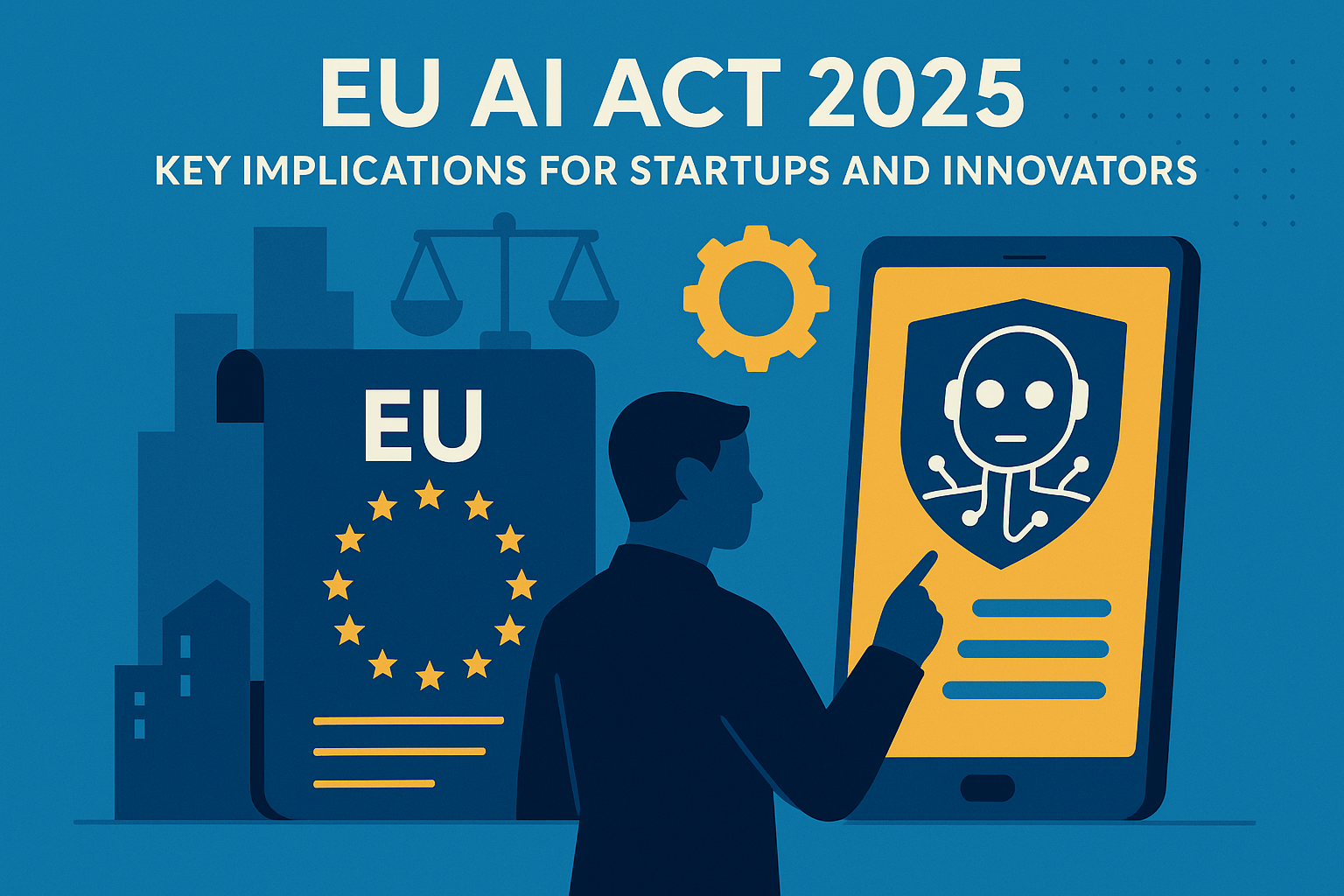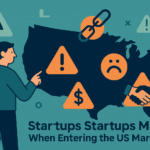Now Reading: Creator Economy 2025: How Mid-Size Influencers Are Monetizing Content
-
01
Creator Economy 2025: How Mid-Size Influencers Are Monetizing Content
Creator Economy 2025: How Mid-Size Influencers Are Monetizing Content

The creator economy continues its rapid growth in 2025, transforming content creation into a sustainable career path for many mid-sized influencers. Driven by the proliferation of digital platforms and advanced monetization tools, mid-size creators (typically between 10,000 and 100,000 followers) are experiencing significant growth in income and influence.
Monetization Strategies and Tools
- Subscription-Based Platforms
- Platforms like Patreon, Substack, and Ko-fi have become critical for mid-size influencers, offering stable, recurring income through fan subscriptions.
- Brand Collaborations
- Strategic partnerships with brands provide substantial revenue. Companies increasingly prefer mid-size influencers for authentic engagement and higher ROI compared to larger influencers.
- Affiliate Marketing
- Influencers earn commission-based income by promoting products and services through affiliate links, leveraging platforms such as Amazon Associates, Shopify Affiliates, and RewardStyle.
- Merchandising and Product Lines
- Influencers launch personalized merchandise and product lines using tools like Shopify and Teespring, directly monetizing their audience’s loyalty and engagement.
- Live Streaming and Virtual Events
- Real-time interaction platforms like Twitch and Instagram Live enable mid-size influencers to earn through virtual gifts, live event ticket sales, and sponsored live streams.
Income Trends and Statistics
Recent reports from Influencer Marketing Hub indicate that mid-size influencers earn between $40,000 and $150,000 annually, significantly more than previous years. This growth is attributed to increased brand budgets and diversified monetization strategies.
Case Examples
- Educational Content Creators: Creators like Ali Abdaal, who monetize through online courses, workshops, and premium community memberships.
- Lifestyle and Fashion Influencers: Utilize affiliate marketing and branded partnerships to create significant income streams, exemplified by influencers like Emma Hill and Aimee Song.
Emerging Trends
- Rise of Niche Platforms: Specialized platforms tailored to specific content niches, such as fitness (Strava), literature (BookTok), and sustainable living (EcoTok), are gaining popularity.
- Micro-Monetization and Tipping: Platforms increasingly offer small-scale tipping and donations, enhancing creators’ revenue streams.
- Enhanced Analytics and AI Tools: Influencers leverage advanced analytics and AI-driven insights to optimize content and monetization strategies.
Expert Insights
Experts from McKinsey highlight the sustainable growth and economic significance of the creator economy, noting that brands increasingly prioritize authenticity and measurable engagement.
Further Resources
- Influencer Marketing Hub
- Creator Economy by McKinsey
- Forbes Creator Economy
- Business Insider Influencers
- TechCrunch Creator News
Key Takeaways
The creator economy in 2025 emphasizes the growing financial viability and sustainability of mid-size influencers. Diverse monetization strategies, increased brand investments, and specialized platforms significantly contribute to this burgeoning economic sector, offering lucrative opportunities for aspiring and established content creators alike.






















